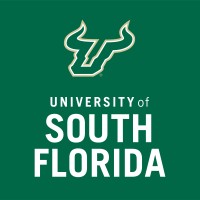
University of Minnesota
One of the nation’s largest schools, the University of Minnesota offers baccalaureate, master’s, and doctoral degrees in virtually every field—from medicine to business, law to liberal arts, and science and engineering to architecture. The University of Minnesota system is made up of five campuses in Minnesota including Crookston, Duluth, Morris, Rochester, and the Twin Cities (Minneapolis/St. Paul). University of Minnesota Extension provides outreach and education services to Minnesota's communities through science-based knowledge, expertise and training. The University of Minnesota was recognized by Forbes in 2018 in the Best Employer, Best Employer for Diversity, and Best Employer for New Grads categories.






